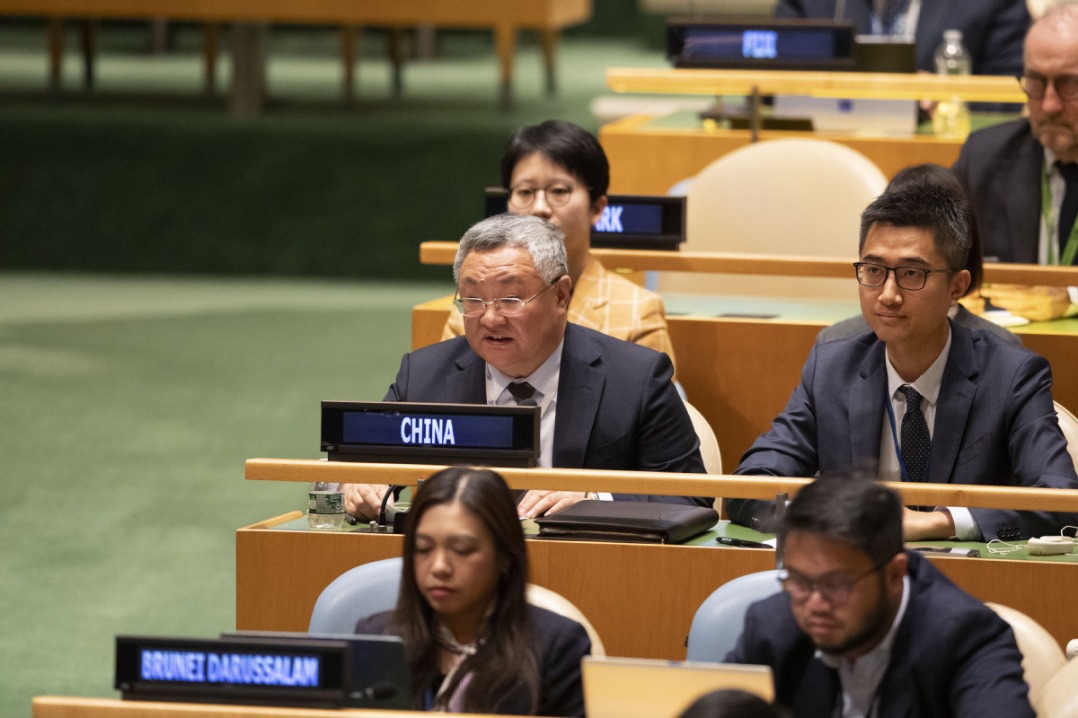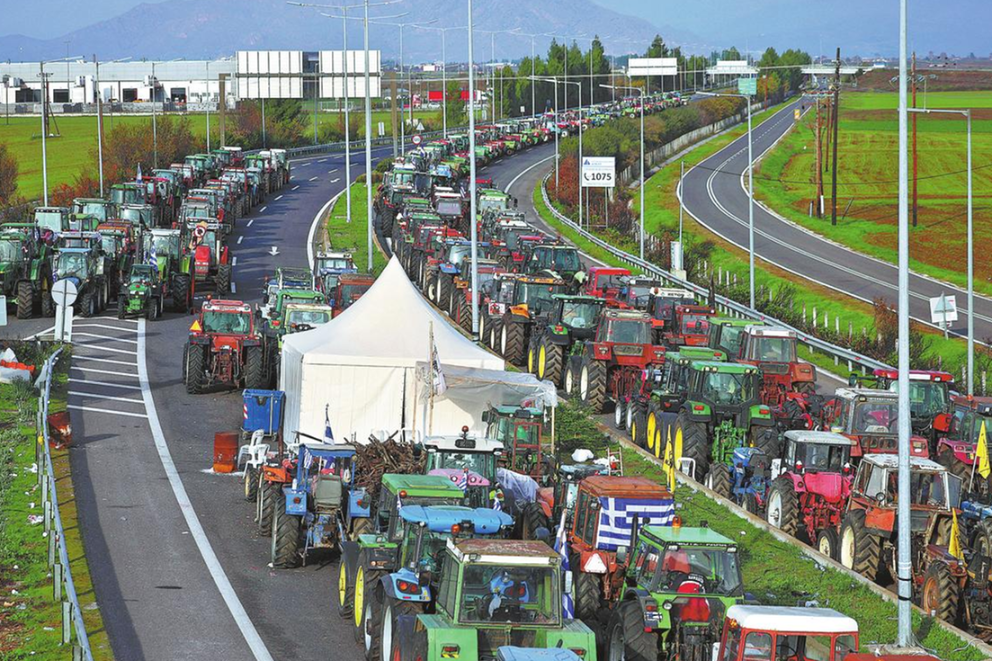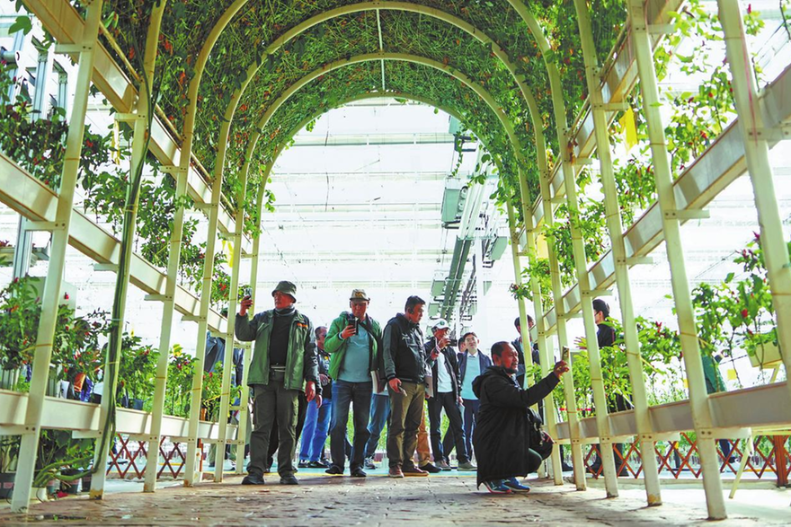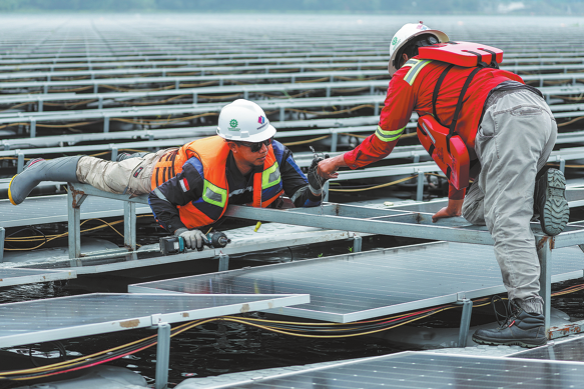Smart cities can be more resilient to climate change

The degree of urbanization worldwide reached 57 percent last year, indicating that more people are living in cities and other urban settings than in rural areas. Cities are very important to human activity and economic development, but at the same time they are more vulnerable to heat waves, floods and other weather-related disasters.
Urbanization often results in intensified land surface warming in and around cities and towns. Combined with that, the urban heat island effect causes the mercury to rise higher in cities than in suburban and rural areas. And the fact that air conditioners in cities and towns continuously spew heat during the summer months exacerbates the urban heat island effect, which in turn makes cities hotter than rural areas.
Rising temperatures in urban areas around the world will worsen air and water pollution, harm human health, intensify electricity and energy shortage, and even spark fires, destabilizing urban systems and operations.
In order to keep cities relatively cool, the authorities need to implement long-term plans to improve their resilience to extreme heat events, strengthen monitoring, evaluation and early warning systems, and build climate-adaptive infrastructure.
In addition, urban planning should include provisions for reducing carbon emissions and urban heat island effect, and communities should be encouraged to prepare in advance to deal with heat waves and mitigate the effects of climate change.
There is also a need to build more green, smart buildings that save energy and reduce emissions. And solar photovoltaic panels should be installed on the roofs of buildings to generate electricity and thus reduce the use of fossil fuel-powered electricity.
It is also important to adopt smart technologies to promote high-quality development in urban areas.
First, digital technologies should be applied to advance warning systems for extreme weather events, especially heat waves, in order to improve data sharing among regions and cities.
Second, digital technologies can help the authorities formulate more detailed plans to improve their ability to respond to emergencies.
Third, since digital technologies can provide effective solutions to extreme weather-related emergencies, urban emergency management systems should cooperate with other departments such as transportation, medicine and electricity to transform the traditional models of disaster relief and optimize resource allocation. Digital technologies can, at a rapid pace, screen, analyze and process multisource information and unstructured data and give feedback, thus helping the authorities take preemptive action.
Fourth, social media platforms should be used to integrate social resources and build broad consensus on and develop self-help and mutual assistance capabilities, while multimedia channels should be used to help establish a crisis response mechanism encompassing different groups, and increase the ability to deal with extreme weather events.
Fifth, the authorities could build a "digital twin city", a virtual replica of a real city, and use simulations to improve the city's efficiency in reducing emissions and respond to weather-related emergencies. This exercise can also be used to develop a model for urban planning and construction, and to promote sustainable development through the use of digital technologies and innovations, apart from helping to build low-carbon cities and resilient cities, as well as sponge cities, which are designed to reduce the damage from flooding.
And sixth, the analysis of user behavior data in a smart city can help families reduce their carbon footprint.
Cities can play an important role in promoting sustainable development and can safeguard food security through urban industrialization of agriculture. And the integration of agriculture and industries using information and communication technology can improve resource allocation, reduce emissions, better protect the natural ecology, minimize the urban heat island effect and make cities more resilient to climate change.
The author is a researcher at the China Center for Urban Development.
































